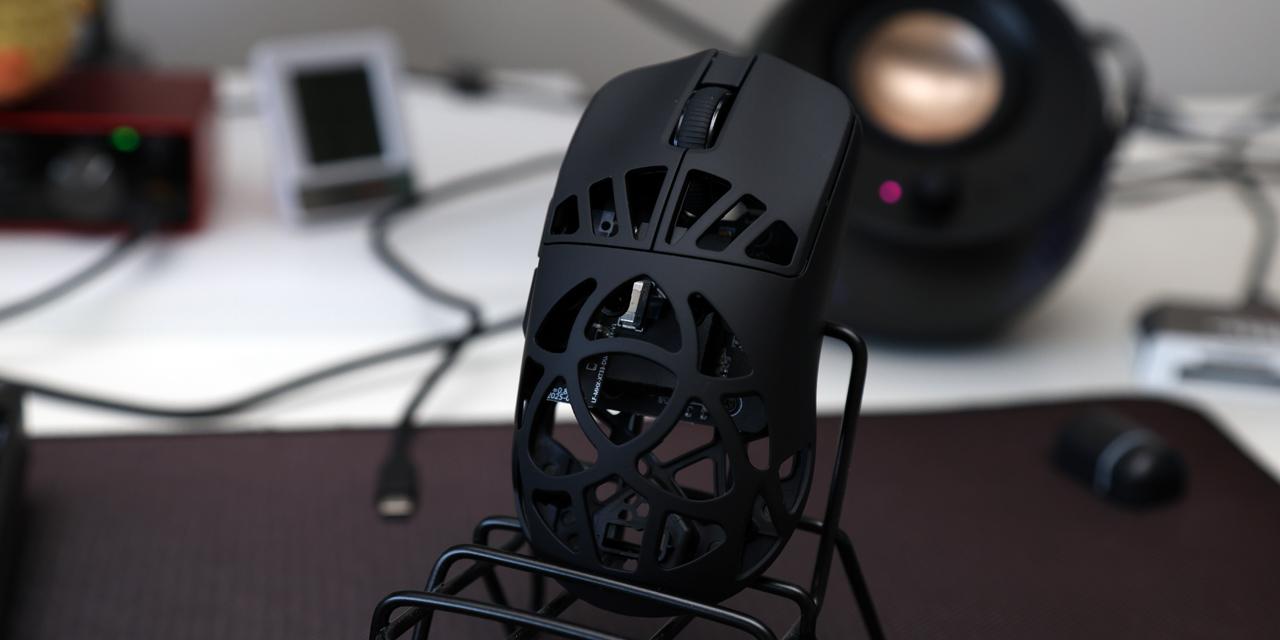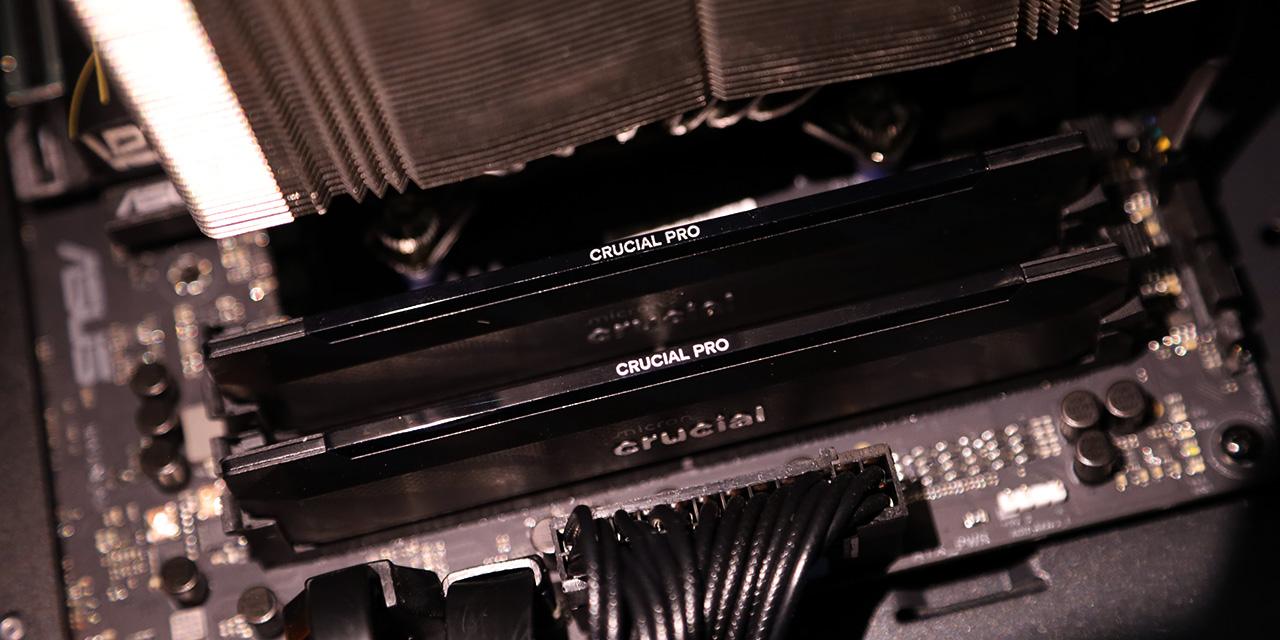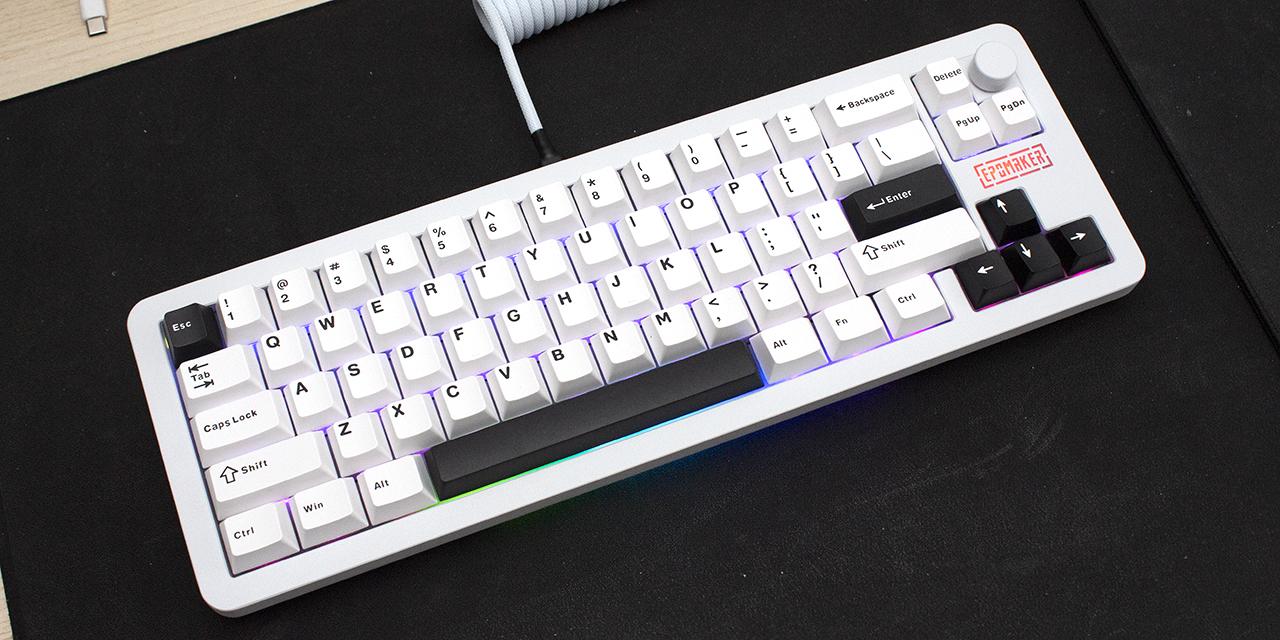|
From CNET News.com: Intel's plans for tablets and smartphones are crystallizing into a clear roadmap, as the chip giant begins to marshal its considerable chip design and manufacturing forces to address markets where it is not competitive--yet. As tablets pour into national retailers like Staples and Best Buy, they are encroaching on shelf space occupied by laptops. Unlike laptops, however, tablets don't sport Intel silicon. Most notably, of course, Apple's iPad, which uses Apple's A5 chip. But Android tablets, too, from the likes of Motorola and Samsung, use chips mostly from Nvidia. Intel, of course, would like to change that. Its first system-on-a-chip for tablets and smartphones--codenamed Medfield--will be a crucial component of that strategy, though chips that follow may be more important commercially. Medfield will arrive in the first half of 2012, followed by Clover Trail technology in the second half of 2012, Intel spokeswoman Suzy Ramirez told CNET. Both of those chips will be better suited to the power sensitivities of tablets and smartphones and anything in between--the latter referred to as convertibles or hybrids. "Both Medfield and Clover Trail are targeted at tablet designs but could also be used as tablet hybrids," Ramirez said in an e-mail. Intel's move to Clover Trail was discussed at tech blog This Is My Next. Medfield marks Intel's move to a 32-nanometer system-on-a-chip Atom processor for tablets and smartphones. At long last leaving 45-nanometer Atom processors behind. Generally, the smaller the chip geometry, the faster and/or more power efficient the chip is. Intel is revealing few details about either Medfield or Clover Trail technologies at this time. But Medfield is likely a single-core processor and Clover Trail a dual-core chip, according to people familiar with Intel's plans. Intel would not confirm this level of detail at this time. View: Article @ Source Site |
 |
Intel maps out tablet plans through 2014
© Since 2005 APH Networks Inc. All trademarks mentioned are the property of their respective owners.





